JONES LAW GROUPYour Lawyers for Life! Personal Injury Law Firm in St. Petersburg


Reduce your risk of getting into a car accident by reviewing who goes first at a four-way stop and other commonly broken traffic regulations.Summary Understanding traffic rules is crucial to avoid car accidents. Unfortunately, many drivers operate under misconceptions that can lead to dangerous situations. Our team of auto accident attorneys is here to clarify […]
Call our personal injury law office directly at (727) 512-9847
Find out today! At Jones Law Group in St. Petersburg, FL, we would like to hear from you. Contact us for a free personal injury case consultation.
Or call our personal injury law office at (727) 512-9847
Get educated on the Florida's personal injury laws and more.
Reduce your risk of getting into a car accident by reviewing who goes first at a four-way stop and other commonly broken traffic regulations.
Summary
Understanding traffic rules is crucial to avoid car accidents. Unfortunately, many drivers operate under misconceptions that can lead to dangerous situations. Our team of auto accident attorneys is here to clarify some of the most commonly misunderstood traffic rules to help you navigate the roads more safely.
One particularly confusing scenario for many drivers is the four-way stop. Who goes first when multiple cars arrive at the same time? This question often leads to hesitation and confusion, increasing the risk of collisions.
This guide demystifies the rules governing four-way stops and also addresses five other road rules that are frequently misunderstood. By doing so, we hope to encourage safer driving habits and reduced accident rates on Florida’s roads.
Although we believe these practical insights will make you a more informed and cautious driver, our team understands that other drivers’ behavior is out of your control. If a negligent driver is responsible for your injuries, get in touch with the car accident lawyers of Jones Law Group right away. Call (727) 571-1333 or submit a contact form to schedule a free consultation.
A four-way stop is an intersection where all four approaches are controlled by stop signs. At these intersections, each driver must come to a complete stop and then proceed in the order of their arrival. If multiple vehicles arrive simultaneously, the driver on the right has the right of way.
Four-way stops are typically marked with clear, visible signage to ensure drivers recognize the intersection type. The key elements include:
The primary purpose of four-way stops is to improve safety and regulate the flow of traffic. These intersections are strategically placed in areas where traffic volumes from all directions are relatively equal and where visibility might be limited.
By requiring each vehicle to stop, these intersections reduce the likelihood of high-speed car accidents and help manage traffic congestion. Additionally, four-way stops foster driver cooperation and attentiveness, contributing to overall road safety. They are particularly effective in residential areas and other locations where pedestrian activity is high, ensuring that all road users have the opportunity to cross safely.
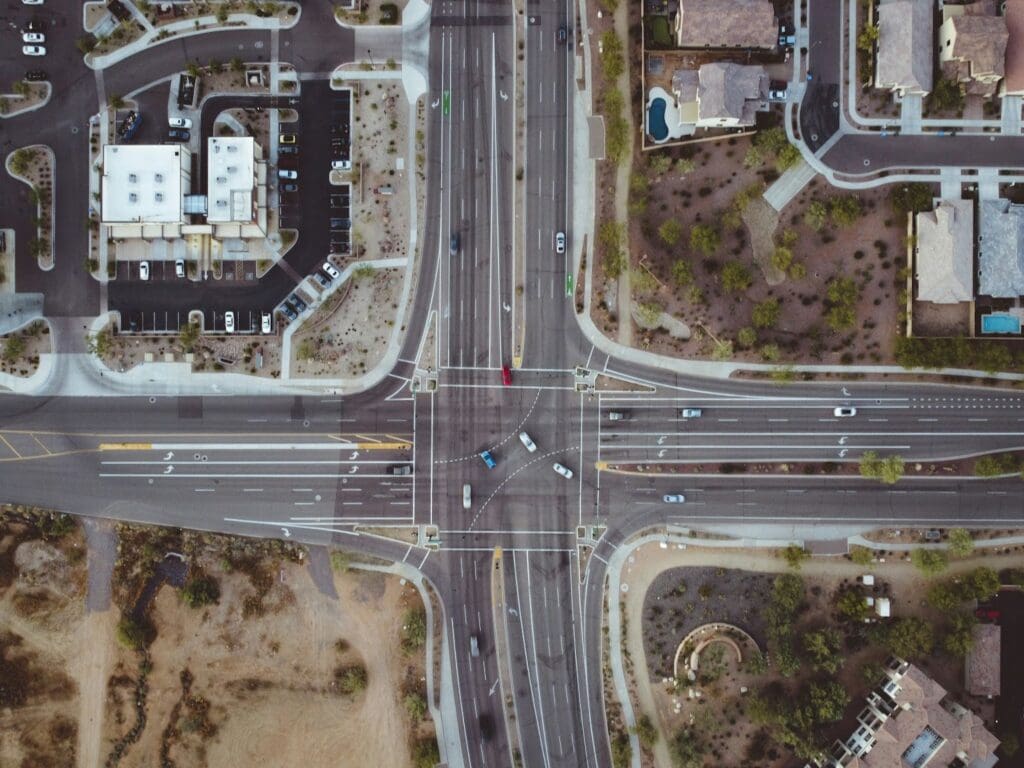
Navigating a four-way stop can be confusing, but understanding the right-of-way rules is essential for safe driving. In Florida, as in many other states, the Florida Driver’s Handbook rules are designed to ensure an orderly flow of traffic and reduce the risk of accidents.
To determine who goes first at a four-way stop, just follow these steps.
The most straightforward rule is that the first vehicle to arrive at the intersection has the right of way. Each driver must come to a complete stop and yield to any vehicles that have arrived before them.
If two or more vehicles arrive at the intersection at the same time, the driver on the left must yield to the driver on the right. Essentially, the vehicle furthest to the right has the right of way.
When drivers arrive at the same time and are directly across from each other, those going straight have the right of way over those making turns.
In situations where it’s unclear who arrived first, or when multiple vehicles arrive at the same time, drivers should use hand signals, eye contact, or slight nudges forward to communicate intentions. Always proceed with caution to ensure all drivers understand who will go next.
Drivers play a key role in maintaining safety and order at four-way stops. Patience and attentiveness are essential. By clearly communicating intentions and respecting the established right-of-way rules, drivers can prevent confusion, road rage, and car accidents. Remember, when in doubt, always yield to the other driver to ensure everyone’s safety on the road.
Understanding and correctly applying the rules at four-way stops is crucial for safe driving, but several common mistakes often lead to confusion and accidents. Here is an overview of the most frequent misunderstandings:
One of the most common errors drivers make is ignoring the first-come, first-served rule. Some drivers may not come to a full stop or might be distracted, causing them to proceed without realizing another vehicle arrived before them. This can lead to conflicts and potential collisions as other drivers try to assert their right of way.
Misinterpreting who has the right-of-way is another frequent issue. Drivers sometimes fail to yield to the vehicle on their right when arriving simultaneously, leading to confusion about which car should proceed.
Additionally, failing to recognize that straight-going vehicles have precedence over turning ones can cause unnecessary delays and hazardous situations.
The consequences of not adhering to the rules at four-way stops can be severe. These include:
By understanding and correctly applying the rules governing four-way stops, drivers can significantly improve road safety and ensure smoother traffic flow.
While figuring out who goes first at four-way stops can be tricky, they’re not the only traffic rules that often confuse drivers. Misunderstandings about right-of-way, pedestrian interactions, roundabouts, turn signals, and emergency vehicles can also lead to dangerous situations on the road.
Turning left at a traffic light can be more complicated than it seems. The key rule here is that vehicles turning left must always yield to oncoming traffic unless they have a green arrow indicating a protected turn.
When the light is green without an arrow, you must wait for a gap in oncoming traffic and ensure it is safe to turn. If you try to turn left without yielding, you risk a collision with vehicles traveling straight through the intersection. Patience and vigilance are essential when making left turns to avoid intersection accidents and ensure smooth traffic flow.
According to the Florida Pedestrian Law Enforcement Guide, yielding to pedestrians is not just courteous—it’s a legal requirement. Drivers must yield to pedestrians at crosswalks, whether marked or unmarked, and at intersections where traffic lights or signs are absent.
This rule applies even if the pedestrian is crossing against the light, although they should ideally follow the signals. In Florida, failing to yield to pedestrians can result in hefty fines and points on your driving record.
Always be vigilant near schools, parks, and residential areas where pedestrian activity is high. Remember, pedestrians have the right of way once they step onto the crosswalk, so be prepared to stop and let them pass safely.
Roundabouts are becoming more common, but many drivers are still unsure how to navigate them correctly. The primary rule for roundabouts is to yield to traffic already circulating within the roundabout.
Upon approaching, slow down and look left to check for incoming vehicles. Enter the roundabout when there is a sufficient gap. Once inside, do not stop; continue moving until you reach your exit.
Always signal your intent to exit as you approach your desired exit point. Exiting a roundabout can be particularly confusing, so make sure to use your turn signal to indicate your departure. Proper navigation of roundabouts ensures smoother traffic flow and reduces the likelihood of accidents.
Using turn signals might seem elementary, but it’s a rule that many drivers neglect. Turn signals are vital for communicating your intentions to other road users. They should be used not only when turning but also when changing lanes, merging into traffic, and exiting roundabouts.
Failing to signal can lead to misunderstandings and auto accidents. In Florida, improper use of turn signals can result in traffic citations. Always activate your signal well in advance of your maneuver, giving other drivers ample time to react. Consistent use of turn signals promotes safety and helps prevent collisions.
When encountering emergency vehicles with active lights and sirens, specific rules must be followed to ensure safety. In Florida, the “Move Over” law requires drivers to move over a lane when approaching emergency vehicles stopped on the roadside. If it’s unsafe to change lanes, drivers must slow down to 20 mph below the posted speed limit.
Additionally, when an emergency vehicle is approaching from behind, you should pull over to the nearest edge of the road and stop until the vehicle has passed. Failure to comply with these rules can result in fines and points on your license. More importantly, it endangers lives, including those of emergency responders and other road users.
After a car accident caused by another driver’s negligence, the Jones Law Group’s personal injury lawyers can provide essential support and guidance. Our experienced auto accident attorneys will handle all aspects of your case. That includes gathering evidence of the other driver’s negligence, negotiating with insurance companies, and representing you in court if necessary.
We understand the complexities of personal injury law and are here to help with securing the compensation you deserve for car damages, medical bills, lost wages, pain and suffering, and other damages.
Navigating the legal aftermath of a car accident can be overwhelming, but you don’t have to do it alone. Let Jones Law Group fight for your rights and ensure that justice is served. Take action today by calling us at (727) 571-1333 or submitting our contact form to book a free case evaluation. Trust our skilled auto accident lawyers to help you achieve the best possible outcome for your case.
Contrary to popular belief, the purpose of traffic cameras at intersections generally does not include recording traffic. It’s fairly unlikely that FDOT happened to store a recording that also shows your car accident.
However, there are many other forms of evidence- including other sources of video footage- that your attorney may be able to use to support your case.
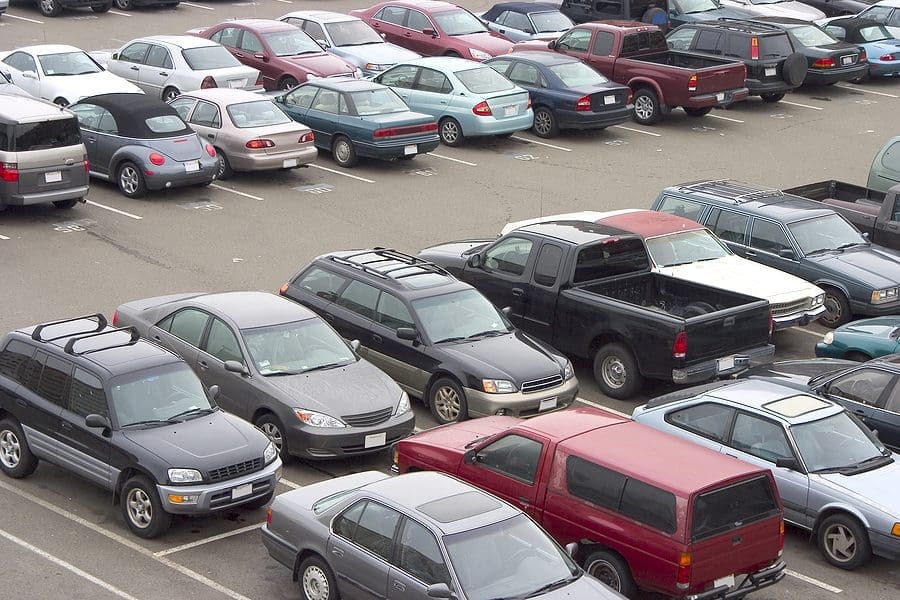
Parking lot accidents are common due to several hazards. A personal injury lawyer can help you claim fair compensation. Summary A parking lot might seem to be one of the places you would least expect to be hurt, but it can actually be very dangerous. You might be going from your car to your favorite […]

By: Heath C. Murphy + – Personal Injury This is Part II of VI in my Personal Injury Medical Terms Glossary. This blog will focus on the most common injuries and terms related spinal injuries that are suffered by those injured as a result of a slip and fall, a car accident, a motorcycle accident, […]
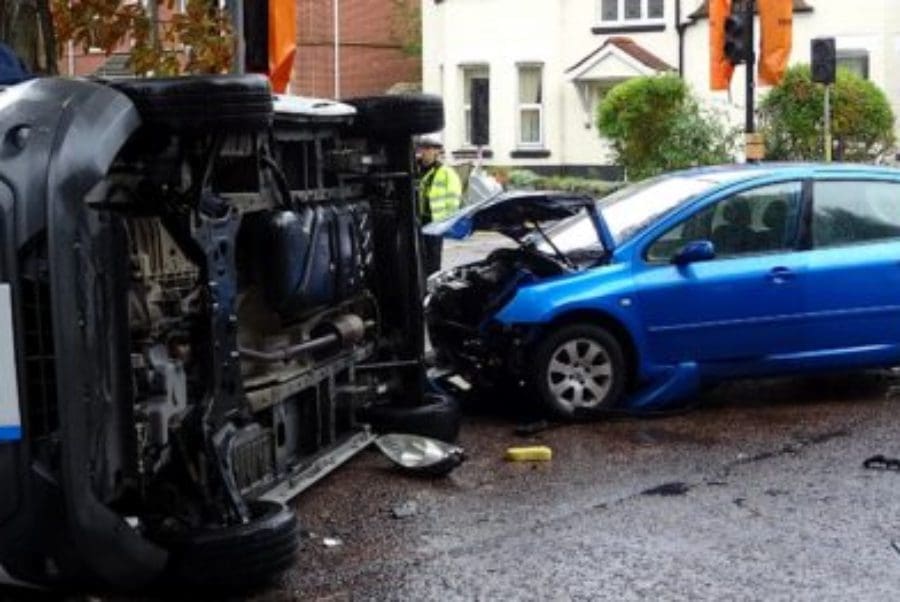
By Heath Murphy So, you have been involved in a car accident or motorcycle accident. Now what? In this article, I will give you a basic checklist of things to do and try to give a little advice on each. 1. Check to see if anyone needs immediate medical care. If you or anyone in […]
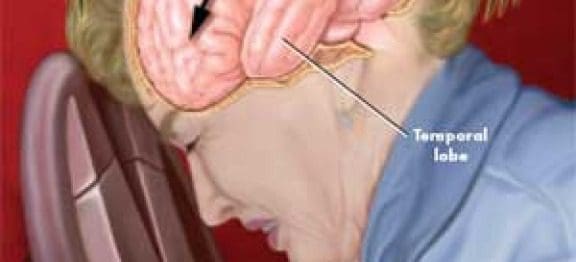
By: Heath C. Murphy + – Personal Injury If you have been involved in a car accident, whether as an occupant of a vehicle or as a pedestrian or bicyclist, one fairly common injury is a cerebral contusion or what is commonly known as a brain bruise. Cerebral contusions are serious traumatic brain injuries and […]
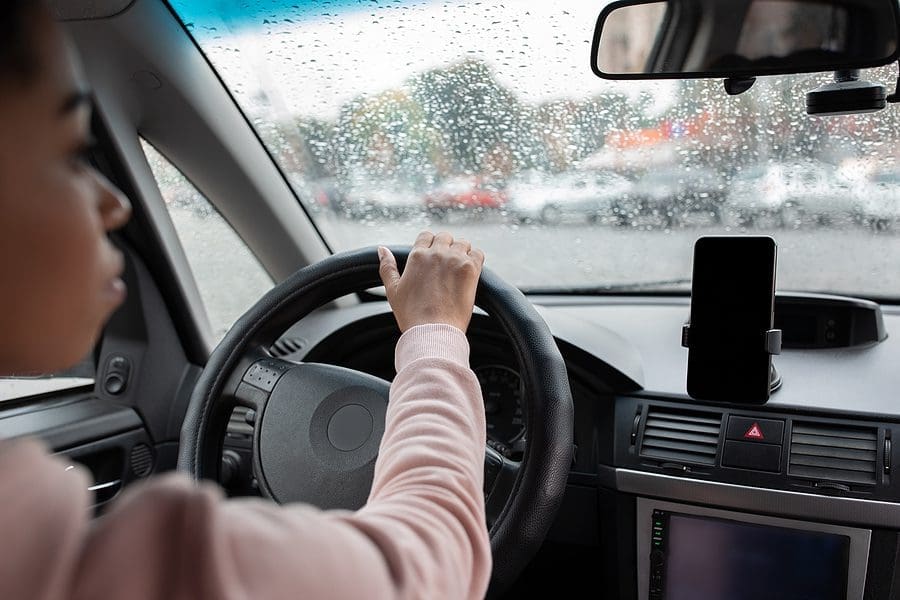
We’re really fortunate to be in a state as beautiful as Florida. But if you’ve lived here for any period of time, you know that we can get some strong thunderstorms. At certain parts of the year, the storms can be so predictable you can almost set your watch by them. They can crank out […]
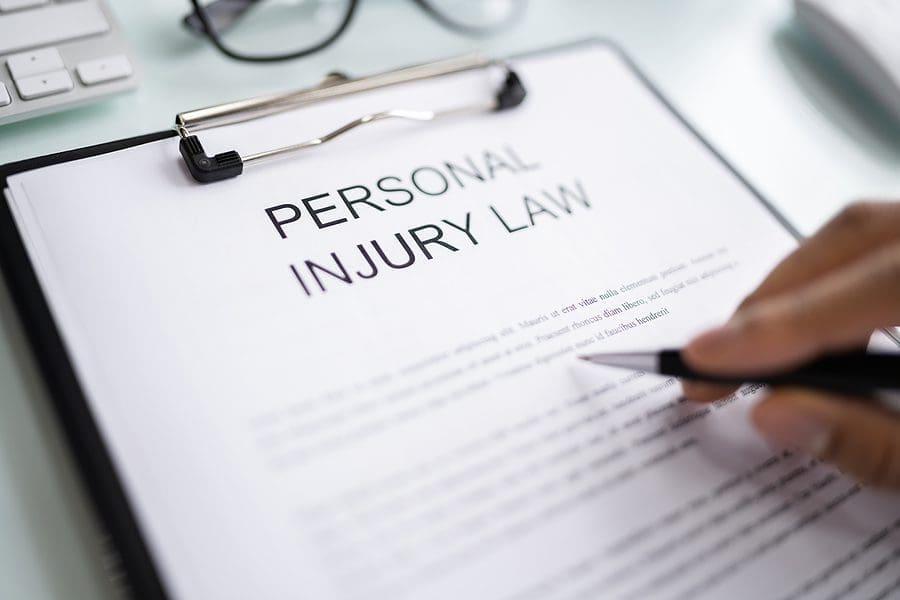
Enduring a personal injury can be devastating, leaving victims dealing with physical pain, emotional distress, and financial hardships. During such challenging times, seeking the assistance of a skilled personal injury attorney can make a significant difference in protecting your rights and ensuring you receive fair compensation for your losses. The following are just some of […]
Speak with us before time runs out! In Florida, you have a limited window to file a personal injury case, so speak to an Attorney today.
Call our personal injury law office directly at (727) 512-9847
Jones Law Group is a dedicated personal injury lawyer in St. Petersburg, FL, serving the Tampa Bay area since 2006. Our experienced attorneys specialize in car accidents, slip and fall cases, employment law disputes, construction law issues, and overtime wage claims, fighting for maximum compensation on a contingency fee basis. Contact us for a free consultation to discuss your case.
Call our personal injury law office at (727) 512-9847
© Copyright 2006–2025 Jones Law Group Attorneys at Law. All rights reserved. Privacy Policy Terms of Use
Attorney Advertising.
The information on this website is for general information purposes only. Nothing on this site should be taken as legal advice for any individual case or situation. This information is not intended to create, and receipt or viewing does not constitute, an attorney-client relationship. Past results do not guarantee similar outcomes.
Are you injured or wronged and interested in a consultation? Fill out the form for a free consultation with us.